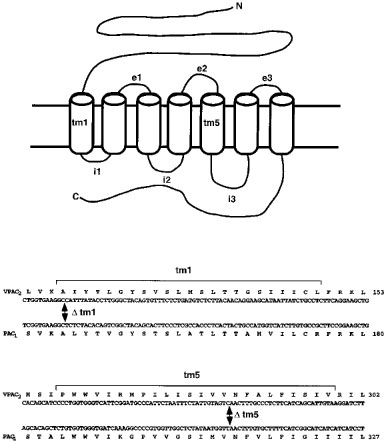Behavioral Neuroscience
Summers
Cstart DA
Cstart ACh
Acronyms/Abbreviations
|
Behavioral Neuroscience Summers |
Cstart Glu Cstart DA Cstart ACh |
end Acronyms/Abbreviations |
Neurochemicals and their Receptors I. Small Molecule Transmitters A. Amino Acids 1. Excitatory Amino Acids a. Glutamatei. Arg, Gln, Prl and GABA are all made from Glu ii. Glu Receptors
(1) AMPA
(2) Kainate
(3) NMDA (N-methyl-D-Aspartate)
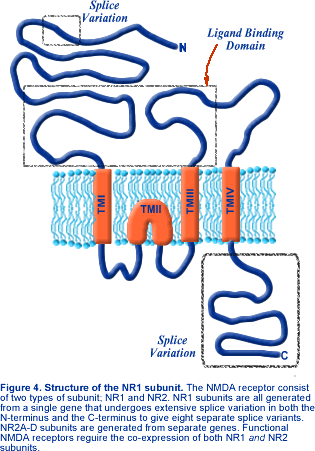
(4) metabotropic
iii. Drugs: Glu agonists and antagonists
iv. Glu reuptake and metabolism
b. Aspartate
i. Four of the amino acids: glutamate, aspartate, alanine and glutamine are present in mammalian cells at much higher concentrations than the other 16. All four have major metabolic functions in addition to their roles in proteins, but glutamate occupies the prime position. 2. Inhibitory Amino Acid transmitters a. GABA
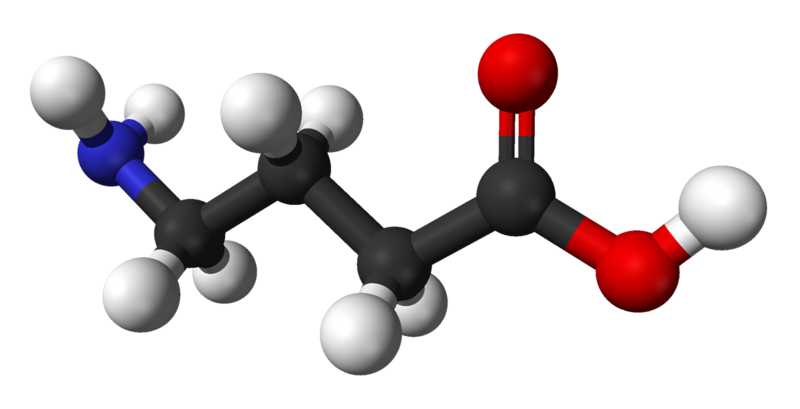
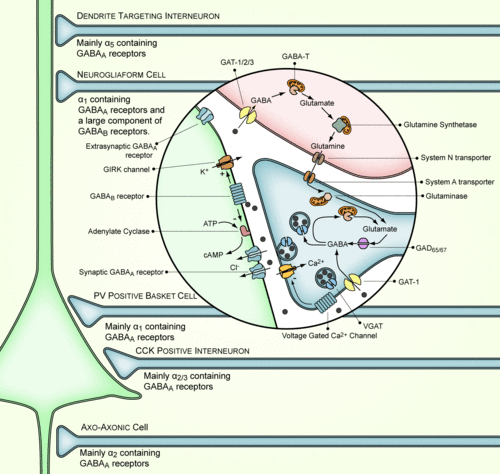
i. GABAA Receptor
a) members of the ligand-gated ion-channel superfamily. subunits consist of four hydrophobic transmembrane domains (TM1–4), with TM2 believed to line the pore of the channel. The large extracellular amino terminus is the site of GABA binding, and also contains binding sites for psychoactive drugs, such as benzodiazepines (BZs). Each receptor subunit also contains a large intracellular domain between TM3 and TM4 that is the site for various protein interactions as well as for various post-translational modifications that modulate receptor activity. b | Five subunits from seven subunit subfamilies (, , , , , and ) assemble to form a heteropentameric Cl- -permeable channel. Despite the extensive heterogeneity of the GABAAR subunits, most GABAARs expressed in the brain consist of two subunits, two subunits and one subunit; the subunit can be replaced by , , or . Binding of the neurotransmitter GABA occurs at the interface between the and subunits and triggers the opening of the channel, allowing the rapid influx of Cl- into the cell. BZ binding occurs at the interface between the (1, 2, 3 or 5) and subunits and potentiates GABA-induced Cl- flux. c | GABAARs composed of (1–3) subunits together with and subunits are thought to be primarily synaptically localized, whereas 5 receptors are located largely at extrasynaptic sites. Both these types of GABAAR are BZ sensitive. By contrast, receptors composed of (4 or 6) are BZ insensitive and localized at extrasynaptic sites. TC Jacob, SJ Moss & R Jurd 2008 Nature Rev Neurosci 9, 331-343 B. Monoamines 1. Catecholamines a. Dopamine (DA) i. DA receptors (1) D1 receptors are 7 tranmembrane type receptors (includes D5) (2) D2 receptors (includes D3, D4) b. Norepinephrine (NE) = Noradrenaline (NA) c. Epinephrine (Epi) = Adrenaline d. made from tyrosine 2. Indoleamines a. Serotonin (5-HT) = 5-hyrdroxytrypatamine
i. made from tryptophan
ii. 5-HT receptors (1) 5-HT1A receptors are 7 tranmembrane type receptors
(2) 5-HT2A 7tm
(3) 5-HT3 ionotropic
(4) 5-HT7 7tm
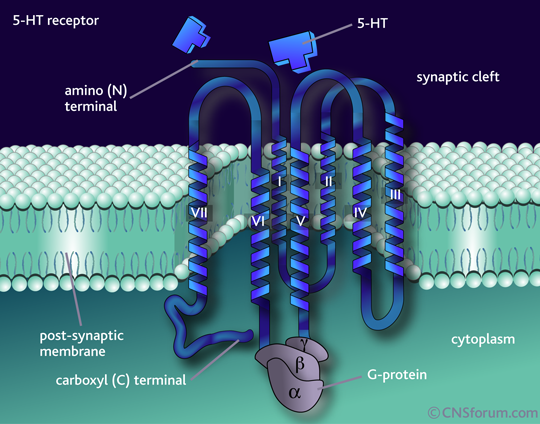
iii. Drugs: 5-HT agonist 5-HT above
LSD below iv. reuptake: 5-HT transporter = 5-HTT (also SERT)
(1) 5-HTT gene
v. Serotoinin and 5-HTR Distribution
C. Acetylcholine (ACh)
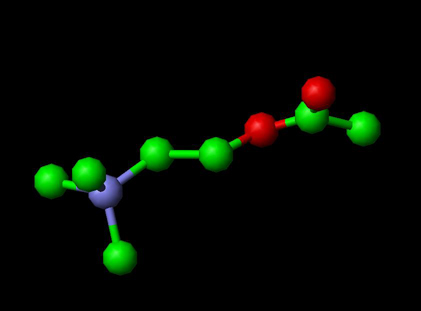
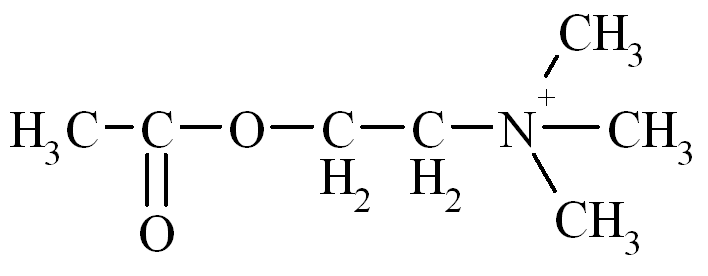
1. ACh Receptors a. Nicotinic - ionotropic
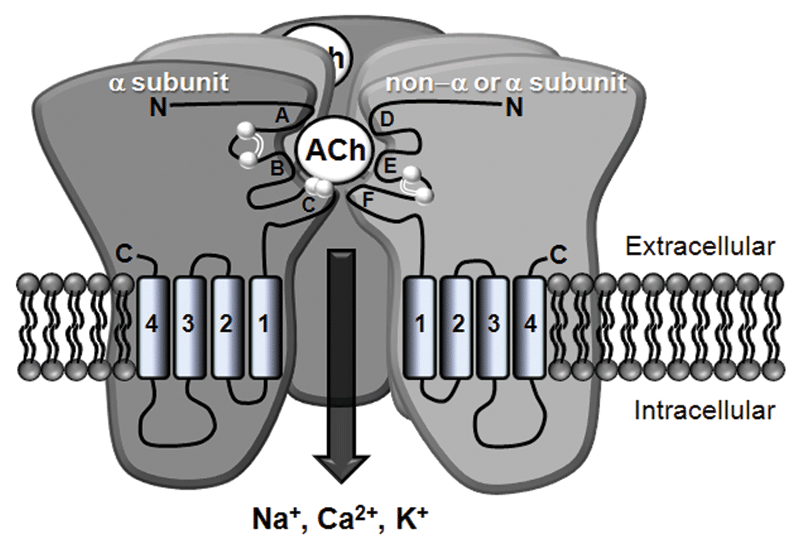
b. Muscarinic 7tm
c. Reuptake
d. Brain distribution
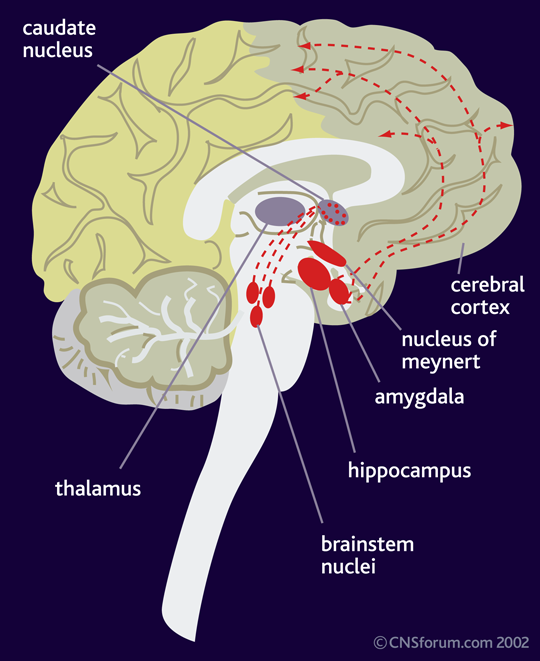
II. PeptidesNeurohypophysial Nonapeptides AVP and OT
A. AVP - vasopressin1. V1A receptor
a. AVP binding to V1A receptor
B. Oxytocin - OT (Oxy)

Cortocotropin Releasing Factor Family: CRF, UCn1, UCn2, UCn3, UTn1, Svg
C. CRF 1. CRF ReceptorsCorticotropin-releasing factor receptor subtypes, splice variants and tissue distribution. CRF-R: Corticotropin-releasing hormone receptor, TM: transmembrane. CRF is considered the specific endogenous ligand for CRF1, while Urocortin 2 and Urocortin 3 are considered the specific endogenous ligands of CRF2. Urocortin 1 is considered an endogenous ligand for both subtypes of the receptor. CRH binds to CRF2 with an affinity that is 100-fold lower compared to the binding affinity of the urocortins.
D. Myomodulin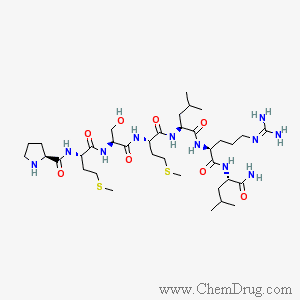
Neuropeptide Y
NPY Receptor
Secretins
E. PACAP
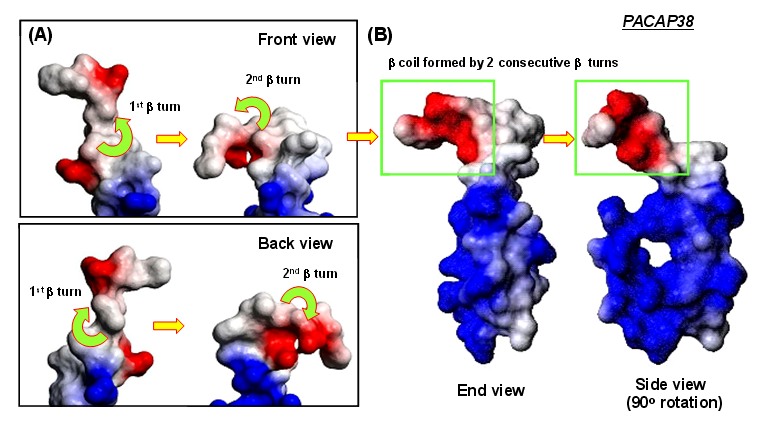
F. VIP - vasoactive intestinal peptide
VPAC2 Receptor
